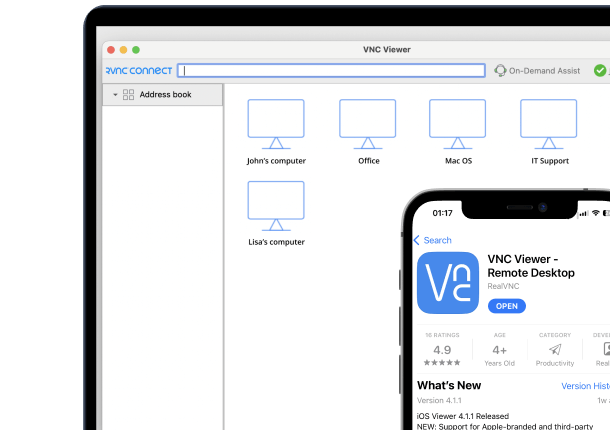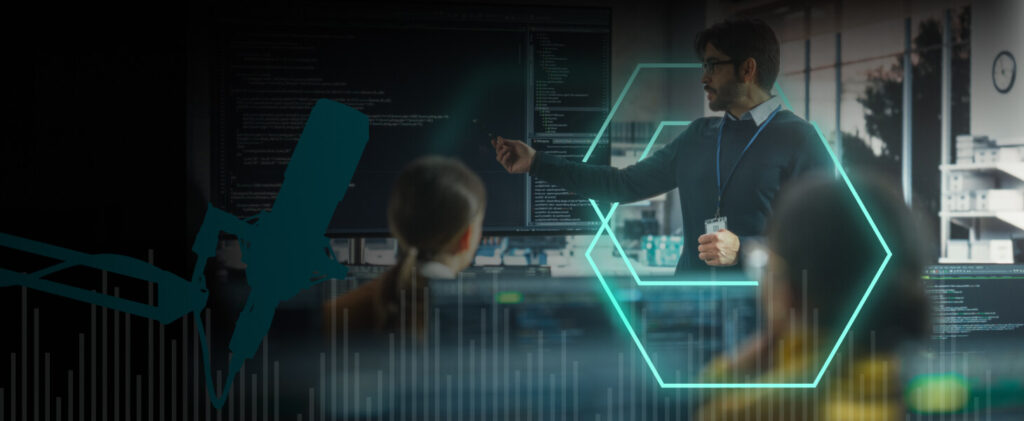With RDP access remaining a top initial access vector for ransomware attacks today, it’s necessary for organizations to definitely shift away from RDP and reconsider whether the current externally-facing remote access solution they have in place (instead of RDP) is secure enough.
Remote access solutions (beyond that of the built-in RDP) exist today, providing organizations with a secure means of remotely accessing systems from a guest device that can exist either within the corporate network or externally across the internet.
At the same time, organizations are looking to begin their years-long journey toward a state of zero trust. Google has been working on this initiative since 2011 under the name BeyondCorp.
For most organizations, the initial step in their zero trust journey is often to implement a single element by providing remote access through Zero Trust Network Access (ZTNA).
But which type of solution is right for your organization? To answer this, let’s start by defining zero trust remote access and ZTNA solutions.
What is Zero Trust Network Access?
Zero Trust Network Access (ZTNA) is a modern security solution that provides secure remote access to an organization’s applications, data, and services.
Unlike traditional Virtual Private Networks (VPNs), which often grant access to an entire network, ZTNA operates on the principle of least privilege. This means users are granted access only to specific services or applications necessary for their tasks, significantly reducing the risk of unauthorized access.
By focusing on secure remote access, ZTNA solutions ensure that only authenticated and authorized users can access critical resources, which enhances the organization’s overall security posture.
How Does Zero Trust Network Access Work?
Zero Trust Network Access rigorously verifies the identity and context of users and devices before granting them access to applications and resources.
Step 1: A robust network access control model applies policies based on a user’s identity, device type, location, and other contextual factors.
Step 2: ZTNA employs encryption and other advanced security controls to protect data both in transit and at rest.
Step 3: Once a user is authenticated, ZTNA grants access to specific applications and resources through a secure, encrypted tunnel.
This method ensures secure access and shields corporate applications and services from exposure to the public internet, thereby reducing potential attack vectors.
Benefits of Zero Trust Network Access
Zero Trust Network Access offers numerous benefits, including:
Enhanced Security: ZTNA integrates advanced security services, making it a modern solution for securely connecting remote and hybrid workforces.
Limited Access: By granting access only to specific services or applications, ZTNA minimizes the attack surface and reduces the risk of unauthorized access.
Real-Time Monitoring: ZTNA provides real-time user and device activity monitoring and analytics, enabling organizations to detect and respond to security threats promptly.
Zero Trust Architecture: Implementing a zero trust architecture means assuming that all users and devices are untrusted by default, which leads to more secure and controlled access to applications and resources.
Secure Remote Access Solutions: ZTNA vs VPNs
ZTNA solutions offer several benefits over traditional virtual private networks (VPNs):
Faster Connections: Unlike VPNs, which often grant access to an entire network, ZTNA operates on the principle of least privilege, ensuring that users are granted access only to the specific services or applications necessary for their tasks.
Greater Control: This granular approach to remote access allows organizations to implement location- or device-specific access control policies, preventing unpatched or vulnerable devices from connecting to corporate services.
Improved Security: By focusing on secure remote access, ZTNA solutions enhance the organization’s overall security posture, making them a superior choice for modern enterprises.
Select a Solution Using This Decision Framework
Navigating the choice between ZTNA and traditional remote access solutions can be challenging. But by following a systematic three-step framework, you can evaluate your organization’s needs and select the optimal solution.
1. Define Your Options
While both solutions allow users to connect remotely to a corporate system, they are very different.
Remote Access solutions are commonly considered solutions that allow a remote user to interact with an internal server or workstation’s desktop within the organization.
ZTNA solutions, according to Gartner, create “an identity- and context-based, logical access boundary around an application or set of applications” (in this case, a remote desktop). They go on to define a part of ZTNA, the broker, whose job it is to “verify the identity, context, and policy adherence of the specified participants before allowing access and prohibit lateral movement elsewhere in the network.”
In addition to providing remote connectivity to an internal desktop or other application, ZTNA has some additional security layers of its own.
So, how do you determine which is right for your organization?
2. Weigh Your Options
Here are a few business requirements presented in the form of questions that can be used to help find the right answer.
Are you wanting to connect securely to both internal and cloud resources?
In general, ZTNA provides secure access to both, whereas remote access solutions are designed to connect a user to an endpoint’s desktop. Secure access service edge (SASE) solutions integrate networking and security services to modernize infrastructure, consolidating various security measures to enhance both security and agility in hybrid work environments. Now, it is possible that the desktops we’re talking about exist in the cloud, so it’s necessary to determine exactly what kinds of resources you want to remotely connect to securely and then compare solutions.
How much security do you actually need?
ZTNA, by far, will offer more security than any remote access solution on its own. Usually, there’s policy-based access, centralized (usually read as cloud) authentication, and a deeper scrutiny of the user/client combination, as well as other criteria like the presence of antivirus, an up-to-date operating system, and even disk encryption when requesting remote user access.
How much productivity do you actually need?
Remote access solutions tend to improve the user experience of connecting to and interacting with a remote desktop, whereas ZTNA is far more focused on security features. So, if you have specific remote access needs—for example, improved graphics speed within a session to allow engineers to work on high-end computer-aided design applications—ZTNA may not perform as well as a remote access solution.
Do you have the security infrastructure required for ZTNA?
To make ZTNA effective, some additional aspects of your network environment, such as a cloud-based identity management service, are usually required. However, for some organizations, this may not be feasible, making a remote access solution that can work with Active Directory (as well as cloud identity providers) a better choice for the immediate timeframe. At the same time, to achieve an appropriate level of security, even remote access solutions should support multifactor authentication, which would be an additional service.
Is Zero Trust even on the organization’s radar?
It’s worth asking the question. While every organization concerned about its cybersecurity must start down the path to zero trust, your organization’s leadership may not be ready to take on this challenge. Implementing only a single solution will be the catalyst for much more change, which may require more resources and budget than can be allocated.
3. Choose the Right Solution
The answer isn’t entirely clear-cut. Organizations that choose ZTNA want to improve their security by leveraging zero trust principles in conjunction with their remote access strategy.
Those who seek remote access have a slightly different perspective—they are looking for remote access first and a solution that also provides improved security.
While the lines between the various remote access solutions (including ZTNA) are blurring, the right solution will be the one that aligns with your organization’s position on balancing the importance of remote access and cybersecurity.
Elevate Your Network Security with RealVNC Connect
As organizations balance the need for robust cybersecurity with seamless remote access, selecting the right solution is more critical than ever. Whether you choose ZTNA’s enhanced security or traditional remote access’s streamlined efficiency, your choice will shape your organization’s digital resilience.
Take the next step toward a secure, productive future and experience the benefits of remote access and zero trust principles in action. Sign up for a free trial of RealVNC Connect today and see how our solution can transform your remote access strategy while keeping your network secure.






